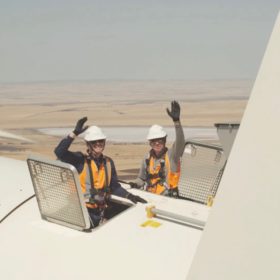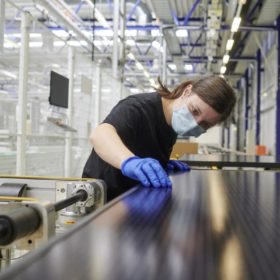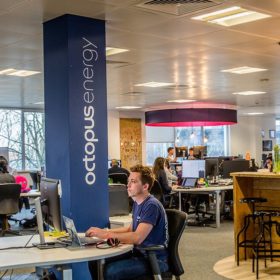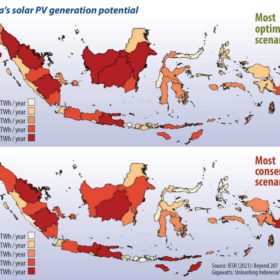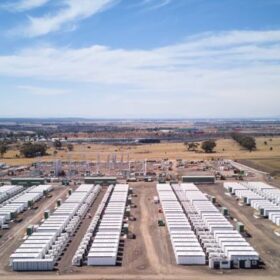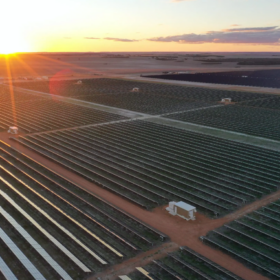MSquare Energy becomes Australia’s second module manufacturer
Sydney-based MSquare Energy says it has ambitions of becoming Australia’s largest solar panel manufacturer. It is entering the market at a pivotal moment when Australia’s panel manufacturing industry is pushing to compete on equal footing with global leaders.
Powering Australian Renewables completes $2.7 billion Tilt Renewables takeover
Powering Australian Renewables Fund, a partnership between AGL Energy and QIC, has formally taken control of Tilt Renewables on the same day the consortium called on the Australian federal government to set a net zero 2050 target.
Meyer Burger plans to launch solar PV roof tiles in 2022
The Swiss group has acquired an integrated solar roof system solution from an unidentified German engineering service provider for this purpose. The aim is grow this sector from a niche market.
AEMO’s 2021 IASR sets new scenarios and ambitions for Australia’s solar industry
Solar PV is an important contributor to all energy scenarios presented in AEMO’s latest “Input, Assumptions and Scenarios Report,” but what’s the best possible outcome it can enable?
Sodium-ion batteries a commercial reality, claims CATL
The manufacturer has launched sodium-ion products online. Production has begun and will be easily scalable, according to the CATL chairman. Researchers have been keen to make the technology work as it offers a cheaper, more environmentally friendly alternative to lithium-ion products.
How Origin can pull the plug on gas and top Australia’s clean-energy leader board!
Australia’s big energy providers are being forced to take stock of the costs of fossil fuels versus renewables. One industry analyst and commentator has a fresh recipe for success for Australia’s biggest wholesaler and retailer of gas.
First Solar plans a 3.3 GW Indian module fab
The U.S.-based manufacturer is planning a vertically integrated thin-film solar module manufacturing facility in India. The factory will likely be built in Tamil Nadu and become operational in the second half of 2023.
Sunday read: Indonesia’s coal exit plan
Indonesia, the second-biggest coal exporter in the world, is now taking more steps to reduce its dependency on “black gold” as it starts to consider clean energy.
Saturday read: In conversation with UNSW’s Anna Bruce on distributed transformation
The time is now for the energy consumer, says Anna Bruce, as energy “prosumers” produce, consume, and provide electricity and grid services in previously unimagined ways. Bruce, a senior lecturer at the University of New South Wales’ School of Solar Photovoltaic and Renewable Energy Engineering (SPREE), leads work on the role of distributed energy resources in the energy transition, analysing firsthand the dizzying level of complexity it brings.
The trillions spent by G20 nations on fossil fuels from 2015 to 2019 could have paid for more than 4 TW of solar
Polluting energy sources received more than $3 trillion from the EU and 19 of the world’s largest national economies over that four-year period, despite G20 members having pledged to phase-out fossil fuel subsidy and address climate change back in 2009.

